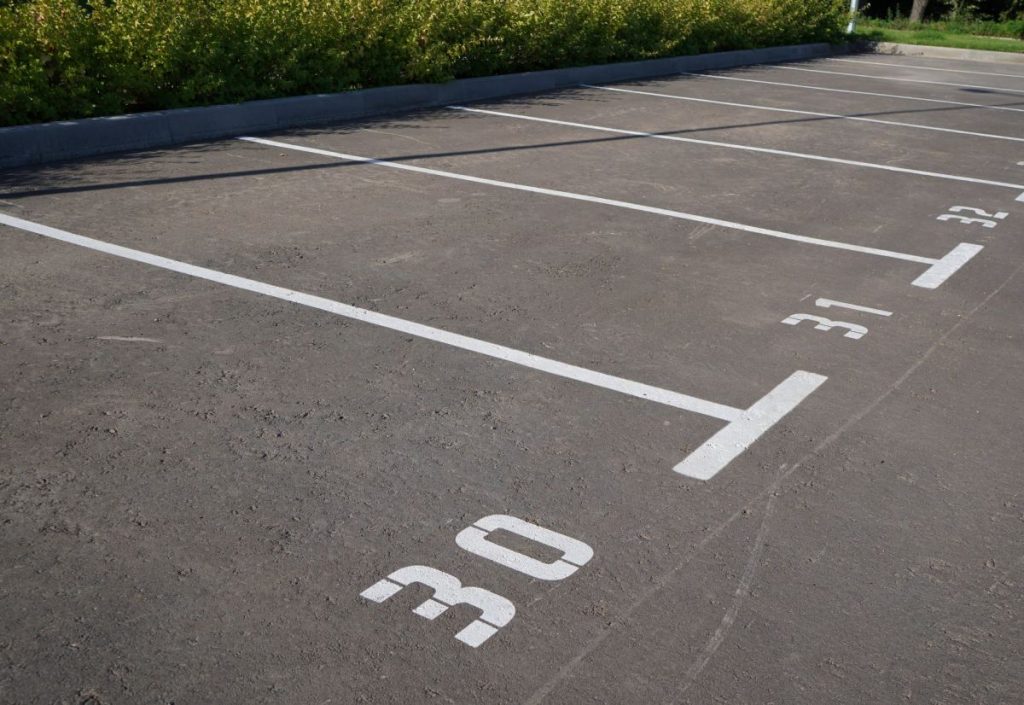A recent California case, Affan v. Portofino Cove Homeowners Association, Inc., No. G041379, (Cal. App. 4th October 29, 2010), involves an interesting issue of liability for resulting damage and contamination to the interior of a condominium unit related to a sewage back-up from the association common area plumbing.
In 1986, Akil and Cenan Affan bought a unit in the Portofino Cove Condominium as a vacation home. Since 1999, the Affans experienced a series of plumbing back-ups inside their unit. From 1999 to 2005, every time they arrived at their condo for a visit, they found sewage residue in their kitchen sink or in the sink and tub in their master bathroom. This happened nine times in that six-year span. Upon discovering each sewage back-up, the Affans reported the problem to the property manager for the complex. They also consistently reported each plumbing incident to at least one member of the association’s board of directors. The Association property manager hired a plumber to snake the Affans’ drain line after each occurrence.
The situation involved a chronic problem at the Affans’ condominium unit. A major sewage back-up caused severe damage to their condo when kitchen sink debris and grease from the upstairs units erupted in the Affans’ master bathroom sink, tub, and vanity closet. The sewage also overflowed onto the floors of the master bathroom and adjoining bedroom. Their unit was uninhabitable after that loss, and the association did not dispute that fact. The association filed a claim with its property insurer, however, they encountered a snafu regarding coverage for the loss since the Affans began experiencing plumbing back-up problems in 1999, and the association switched to a new insurer in 2000. A dispute arose concerning which of the two insurers would cover the damage resulting from the most recent major back-up. It does not appear that the coverage dispute was litigated with the insurers.
In response, the property manager hired a restoration company to perform emergency clean up work and water extraction in the unit. The Affans were not satisfied with the association’s efforts, and they sued their association and its managing agent, alleging a breach of the duty to maintain and repair the common area plumbing, which resulted in a sewage blockage that caused flooding of their condominium unit, and that the association and property manager failed to remediate the resulting damage and contamination. After a bench trial, the trial court found the association liable and awarded the Affans their remediation and restoration costs as damages.
The California Court of Appeals affirmed the portion of the judgment from the trial court which awarded the Affans $33,800.00, the cost of the remediation and clean up. The issue of the association’s insurance company’s potential responsibility for the loss and ensuing damages was not litigated in this lawsuit. However, associations, property managers and directors may often have questions concerning whether they are responsible for damages to the interior of a condominium unit that arise from a situation on the common area association property. This is a particularly fact specific area of law with overlapping layers of potential insurance coverage available for certain losses. Those in need of guidance in such scenarios should consult professionals with experience in such insurance coverage work to explore and evaluate the potential insurance coverage.


